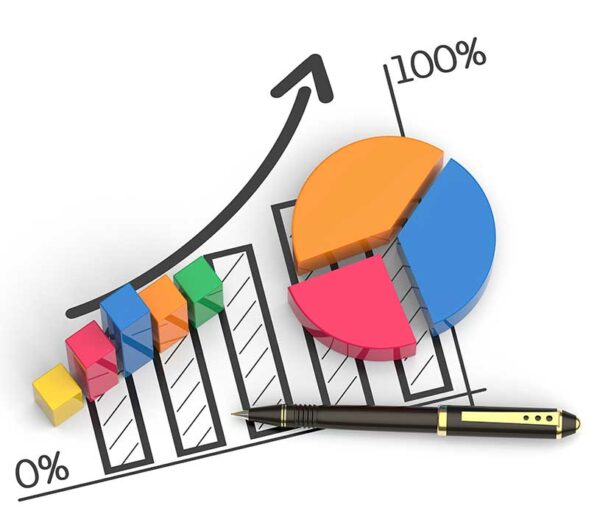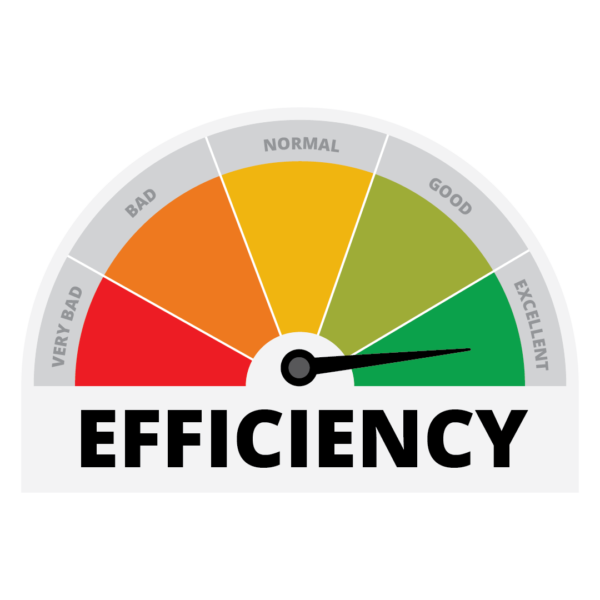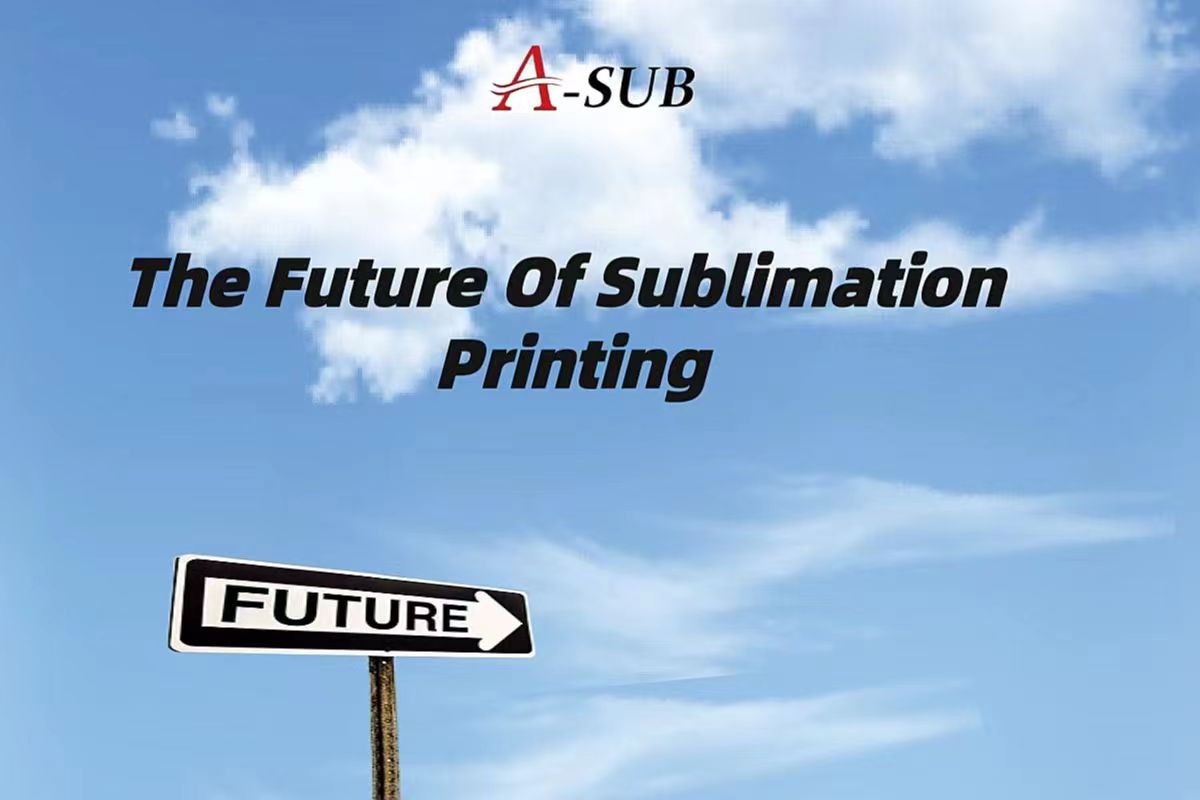Intro
As a manufacturer, What is your attitude towards the future of sublimation transfer printing? Do you intend to continue to use this technology and continue to improve it based on actual needs? Or maybe you’re on the sidelines, considering whether to join the sublimation printing camp. So what exactly does the future of sublimation printing look like?
Sublimation printing has been creating new and exciting opportunities for textile producers since its introduction to the market. And it has thrived during the pandemic, too. According to this trend, this technology will definitely be at the forefront of the textile industry in the future and keep pace with the printing of the times.
If you are still waiting to see whether to adopt sublimation printing or want to walk in the forefront of sublimation printing, this article will inspire you.
The future development trend of sublimation printing
Large space for development

Dye-sublimation printing has a wide range of applications and has enough room for development.
According to the latest market data report, dye-sublimation printing is especially attracting attention in the fields of apparel fabrics, visual communication products, home textiles and technical textiles. Apparel fabrics include personalized fabrics, sportswear products, swimwear and bikinis, scarves and ties, socks and bags. Home textiles are not limited to upholstery products; dye-sublimation printing is also used in a wide range of areas such as quilt covers and bedding, wall coverings and rugs. For visual communication products, dye-sublimation printing supports a wide range of applications, including indoor and outdoor soft signage and banners, flags, retail and display products. Ultimately, dye-sublimation printing is widely used in the technical textile category, including automotive printing such as seats, panels, sound absorption, luggage, medical textiles, as well as tents, sails, umbrellas, accessories and sports equipment.
More industrial-type large factories

Since the sublimation printing market is vast and has an upward trend, there are more and more industrial-grade manufacturers. Compared with small printing service businesses, industrial-level companies have greater benefits and risks, and they must keep up with efficient technological developments in a timely manner.
Market share reached nearly 80%

Sublimation transfer printing currently holds a large market share. Currently, the main sublimation printing segment used by end users is the apparel industry, with a share of nearly 80%. Visual communication, home textiles and technical textiles are in decreasing order. The apparel industry is growing more rapidly in the post-epidemic era. It is clear that there is a lot of room for sublimation printing.
Combined with various platforms
In addition, we need to keep up with the sales channels of various platforms. At present, there are various online shopping platforms, and consumers’ shopping habits and needs have also changed accordingly. Manufacturers can now sell their products directly through these platforms, end users can buy directly from print manufacturers, and the value chain becomes shorter and more flexible. As manufacturers use online sales channels, end-user demands for faster production and delivery impact the printing process. In view of the fact that customized goods are sold through online platforms and the market is growing, manufacturers can have long-term cooperation with consumables, which is also a development trend of sublimation printing.
As a manufacturer, what do we need to do?

Keeping up with advancement in technology and materials. We need to have an insight into the market needs, and we need to change and adjust the equipment and consumables according to the needs. The precision of the equipment, the quality of the consumables, and the innovation of the software are all things we need to improve all the time.
The pursuit of efficiency

In response to growing demand, the market demands more efficient and systematic printing technologies. So, we need more compact designs, better print heads and other printer components. Newer printheads can provide faster print speeds with automatic circulation systems and reduce printhead nozzle clogging, one of the most common causes of downtime. At the same time, there is a need for dye-sublimation inks with faster printing speed and high-quality printing results, and better transfer papers that work perfectly in high-speed mode.
The pursuit of lower consumption costs

For small print service business, we pay more attention to the price of printers, heat presses and other equipment. But for someone running a large-scale textile print, capital expenditure is not the most important criterion in a buying decision. What matters here is the consumption or operating costs of the sublimation. Sublimation ink and transfer paper costs thus become a significant part of the total cost. The key requirement of the market is to obtain the most reliable printing with the highest quality and efficiency, which makes sublimation inks and transfer papers even more important in this regard.
Our suggestion here is that the printer software must set the ink consumption at the optimum level to reduce unnecessary ink consumption. Software is a key component that has a huge impact on a print manufacturer’s workflow. Practical software to increase the capacity of the dye-sublimation printer allows efficient use of ink and materials, thereby reducing consumption costs. Also, another factor in reducing ink consumption is the quality of the sublimation paper used in sublimation printing. Where coated paper is preferred, the ink should be transferred to the fabric at the highest possible speed to provide maximum productivity and efficiency.
Conclusion
All in all, if you are getting into sublimation printing but have doubts about the future of sublimation printing, then I can tell you that it is not necessary. However, there are no absolute gains in the world. Gains often go hand in hand with risks. It’s up to us to Keep up with advancement in technology and materials.
If you want to learn more about sublimation printing specifically, you can search inside the blog below.
I hope this article has been helpful to you.






